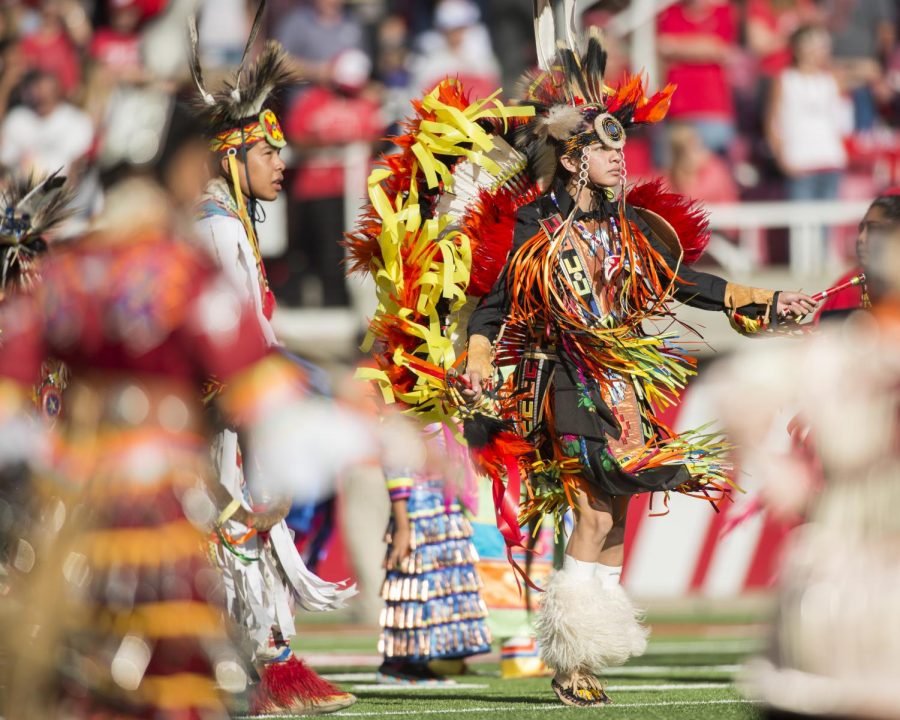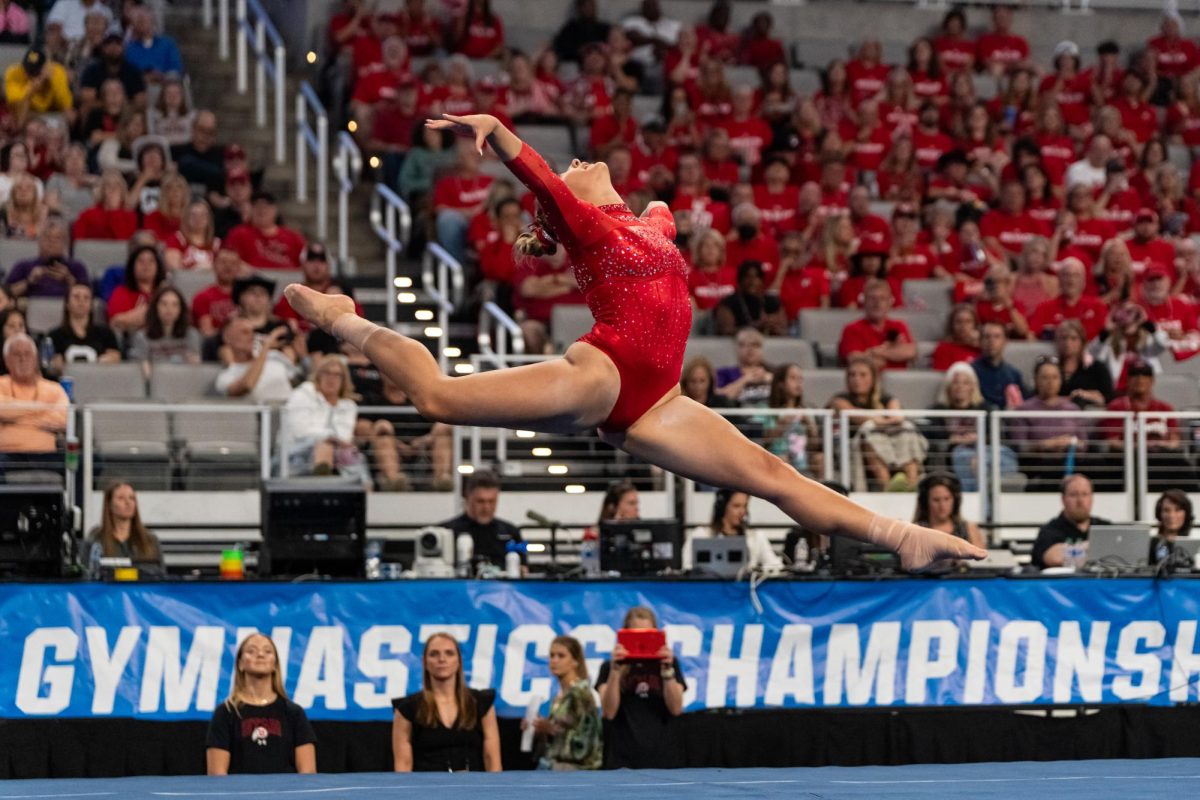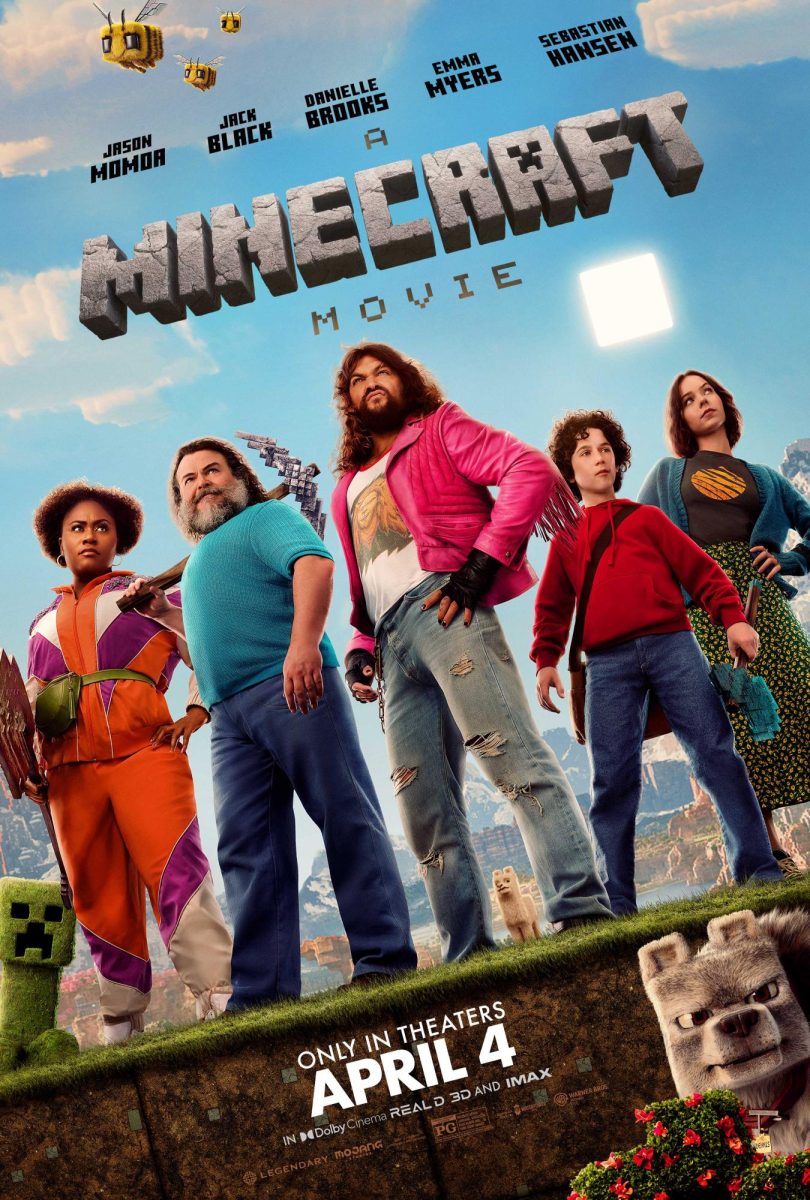Moran: Schools Need to Approach the Use of Indigenous Symbolism with Caution
Members from the Ute Indian tribe performa a ritual dance during the game vs. the Washington Huskies at Rice-Eccles Stadium on Saturday, October 29, 2016. | Chronicle archives
March 10, 2020
Growing up in the Mexican American culture, there have always been people that try to explain my identity to me.
My Mexican friends would tell me I am not “Mexican enough” because I don’t speak Spanish and my skin is light. My white friends think that my family only eats typical Mexican dishes, like enchiladas and tamales. They also compare their skin color to mine and say “they are more Mexican than me” if their skin is slightly darker. Although my friends intended no harm, it was difficult growing up and not knowing my place. I would explain my thoughts, but it was usually glanced over. People of different races and ethnicities deal with this daily, and in many cases, it is much worse than anything I have ever experienced.
State Rep. Rex Shipp has proposed H.J.R. 10, a resolution that would protect the “non-offensive, culturally appropriate” usage of indigenous peoples’ imagery and symbolism by schools and other institutions. If passed, this resolution would cause much controversy and set us back in time. Although racism still exists, today’s society has improved. But as a white man, Shipp should not have the power to decide what is offensive to a culture he is not a part of. The only people that deserve the right to determine what is and is not acceptable are the indigenous people themselves.
This bill was drafted partly in response to Cedar High School’s recent mascot change. (The high school is part of Shipp’s district.) The former mascot was known as the “Redmen,” with imagery of a Native American’s head. The new name is now the “Reds” and the Native American mascot has been removed, but the change inspired some backlash. The truth is that these types of mascots are dehumanizing, and many indigenous people do not want that type of recognition. But there are some ways to compromise. Names can be used without derogatory connotations — it just has to involve conversations with the affected communities.
The word “offense” is a very subjective term. What offends one person may not offend another. However, at this point, we should have a fairly well-developed sense of acceptable things to say and do. Tribal leaders have spoken out and oppose the proposed bill. That alone should be enough to understand that Shipp’s bill is unacceptable.
Utah has a complicated history between whites and Native Americans. What was done before is not necessarily okay today, nor was it ever okay to begin with. The general population of indigenous people takes offense to the language, photos, symbolism and caricatures associated with mascots like the “Redskins.” These people deserve basic respect, just like anyone else. It makes no sense to think offensive language like this is not hurtful. Mascots that include offensive symbolism are not a form of respectful recognition — they are a form of disrespect toward a specific group of people.
The University of Utah provides a good example of how to handling situations like this. The U had controversial symbolism associated with their brand for decades. The Ute tribe expressed their concerns and said the mascot was offensive toward their culture. The U considered that and altered the information, photos and mascot to avoid a dissociation between the school and the tribe. This is a successful way to keep the traditions of the university and give the tribe the recognition they deserve. Along with this, the two parties have made an agreement that benefits both sides. In exchange for the athletic department’s use of the Ute name, members of the Ute tribe are eligible for a specific scholarship. This way, the school develops a more diverse population and indigenous college students receive additional financial support.
Some people will still make remarks that may offend others. Some people will take offense to things that others will not. But if we clearly understand something is offensive to a large group of people, we should not force it to continue. There is plenty to learn from the complicated history between Native Americans and white people, but it is ignorant to keep offensive things unchanged because that’s the way it has been for years. Moving forward, we need to understand the difference between what is considered positive recognition and what is considered offensive. If schools continue using indigenous symbolism, the best solution is to make those decisions based on discussions with the indigenous groups that would be personally affected.











